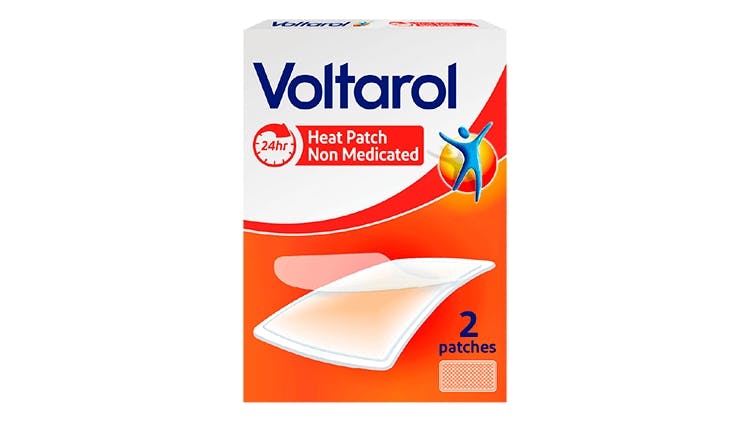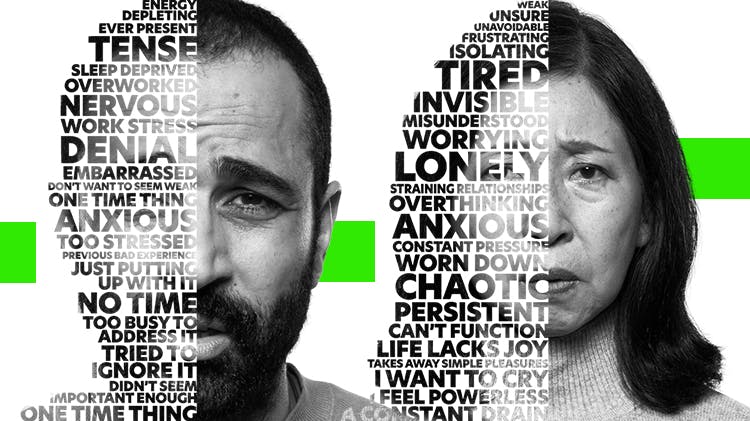Back pain: Signs and symptoms

Recognising back and neck pain
Back pain can be treated symptomatically but it is important to first rule out any underlying conditions that require attention from a physician.
Symptoms can include:1
- Muscle spasms
- Stiffness
- Hot, burning or stabbing pains in the back and sometimes in the legs and feet
- Pins and needles, numbness or weakness
Understanding back pain
Overview of sprains and strains
Find out about how prevalent sprains and strains are, and meet two patients with these problems.
Learn more

Voltarol Back & Muscle Pain Relief 1.16% Gel Diclofenac Diethylammonium for back pain
Scientifically proven to help relieve pain, reduce inflammation and restore movement.

Voltarol Heat Patch – for non-medicated relief of back pain
Continuous low-level thermotherapy heat patches provide deep penetrating and widely distributed pain relieving heat for up to 8 hours for back pain or neck pain.*
*40°C for 8 hours per day for at least 2 days.

Listen to pain
Discover a personalised approach to pain management. Better conversations for better clinical outcomes.
